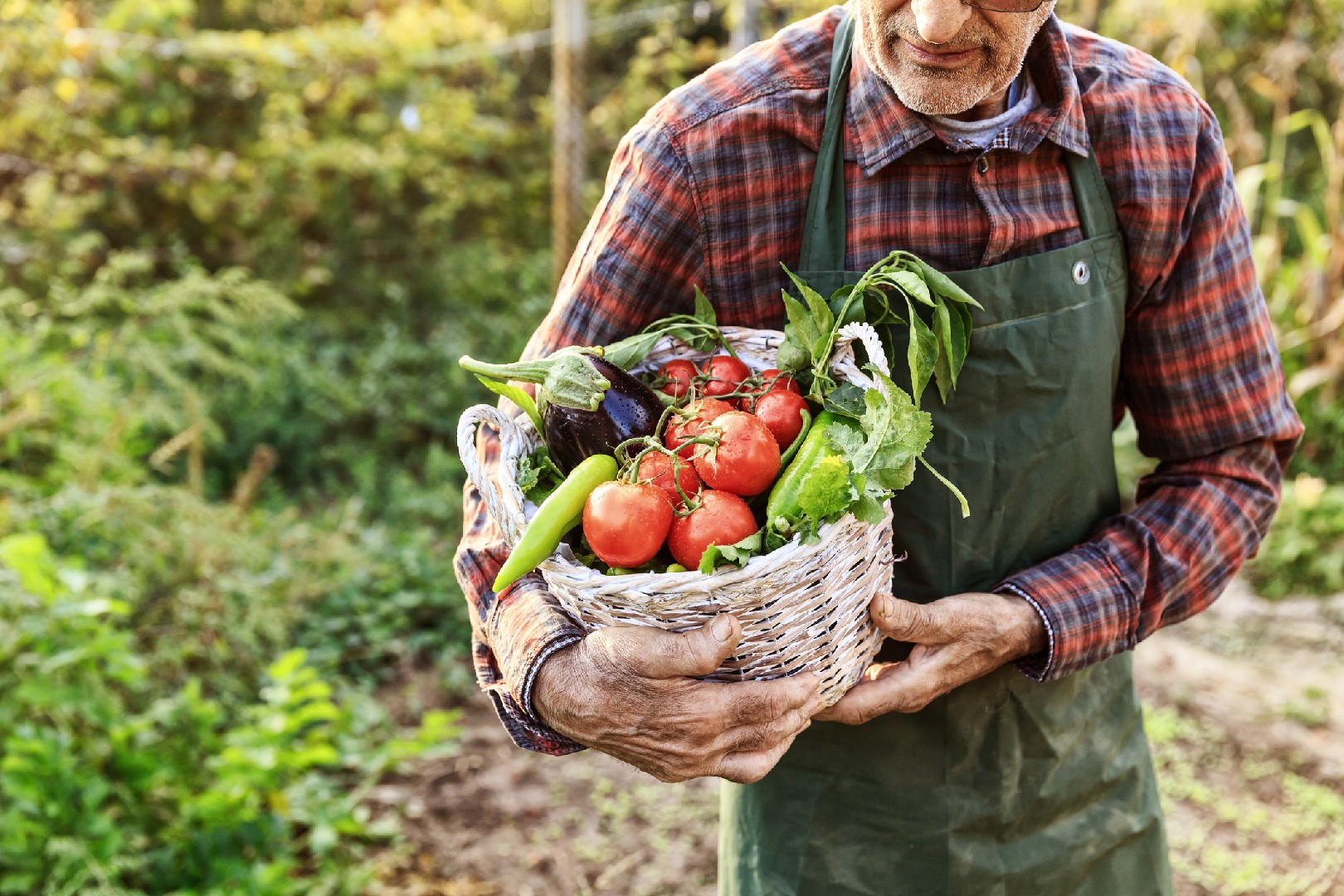![Rectangle]()
Canning: Preserving the Flavors in a Jar
Canning is a time-tested method of preserving the flavors and nutrients of fresh fruits, vegetables, and more. It's a practical and convenient way to enjoy the bounty of your garden harvest even long after the growing season is over. In this section, we will explore the canning process in detail, providing you with a practical guide on how to can at home.
To understand the canning process, it's important to know the benefits it offers. Canning helps to extend the shelf life of foods by creating a vacuum seal that prevents the growth of bacteria, mold, and yeast. This preservation method also locks in the flavor, texture, and nutritional value of the produce, ensuring that you can enjoy them year-round. Imagine savoring the taste of ripe strawberries or homegrown tomatoes in the middle of winter!
To start canning at home, you'll need a few essential pieces of equipment. Firstly, you'll need canning jars, which come in various sizes depending on your needs. Opt for jars with two-piece lids, consisting of a flat metal lid and a screw band. These lids create an airtight seal when properly processed. You'll also need a canner or large pot with a lid to process the jars. A canning rack is useful for keeping the jars elevated and submerged during processing. Lastly, a jar lifter and a canning funnel will make the process easier and safer.
Now that you have the necessary equipment, let's dive into the step-by-step canning process. Start by washing and sterilizing the jars and lids in boiling water. This ensures that the jars are clean and free from any contaminants. Prepare your chosen recipe by washing, peeling, and cutting the fruits or vegetables as required. Fill the hot, sterilized jars with the prepared food, leaving the recommended headspace. Wipe the jar rims clean, place the lids on top, and screw the bands tightly.
Next, it's time to process the filled jars in a boiling water bath or a pressure canner, depending on the food being canned. The processing time and method vary depending on the acidity level and density of the food. Follow a trusted recipe or resource to determine the appropriate processing time and method for your specific food item. After processing, carefully remove the jars from the canner and let them cool on a towel or wooden surface. As the jars cool, you'll hear a satisfying "pop" as the lids seal.
Canning opens up a world of possibilities when it comes to preserving foods. Besides fruits and vegetables, you can also can jams, jellies, pickles, salsas, and even soups. It's a great way to enjoy the flavors of summer all year long. Experiment with different recipes and try unique flavor combinations to create your own signature canned goods.
By mastering the art of canning, you not only extend the life of your garden harvest but also gain the satisfaction of self-sufficiency. Knowing that you can preserve the flavors, nutrition, and hard work you put into your garden is empowering. So, roll up your sleeves, gather your supplies, and embark on a canning adventure. Your future self will thank you when you crack open a jar of your homemade, preserved goodness in the midst of a cold winter's day.





